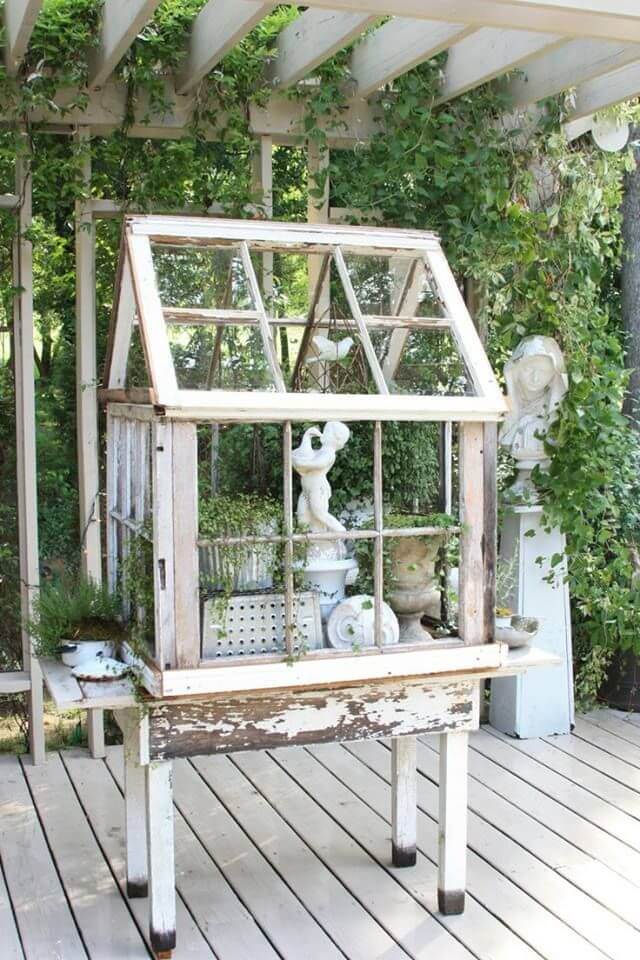This PowerShell script shows how to delete the 'Windows.old' folder in Windows 8. 5 Star (6) Downloaded 4,445 times. Download @font-face. Script Calligraphy. Please use the pulldown menu to view different character maps contained in this font.
I’ve been updating my various environments from Windows Server 2012 RTM or Preview releases (build 9431) of Windows Server 2012 R2 to the final bits. On some boxes I just use my scortched earth policy of leveling the partitions and starting from scratch – others I will do an install and use the same partition. You get the following dreaded message – which you dismiss and move on.
Sure – I’ll just go and delete that directory after a while and go about my merry way.
Unfortunately it is not that easy.
Scripte For Windows Old Windows 10
In Windows client environments, you can just kick off a “disk cleanup” routine and have it removed – saving you a dozen or more GB of space. Unfortunately, that Disk Cleanup does not exist in Windows Server 2012 / 2012 R2 Full GUI install, unless you add Desktop Experience.

Fear not. Once you have confirmed you need nothing from that old c:windows.old directory structure, you can manually delete it, with a little bit of extra effort.
1) Download Junction.EXE from Sysinternals. I extracted and saved it to c:source. You will use this tool to generate a list of all the junctions that have to be removed.
2) create a reference file that lists all the junction points and symbolic links in use by opening up a command prompt, changing into C:source and running
junction.exe –s –q c:windows.old >junctions.txt
3) open up PowerShell ISE administrator rights and run the following script to remove all symbolic links and junction points in c:windows.old.
foreach ($line in [System.IO.File]::ReadLines(“c:sourcejunctions.txt”))
{
if ($line -match “^”)
{
$file = $line -replace “(: JUNCTION)|(: SYMBOLIC LINK)”,””
& c:sourcejunction.exe -d “$file”
}
}

You should get the following scrolling by…
Now it’s some simple taking of ownership, granting rights and deleting windows.old to get your space back.

4) to take ownership use
takeown /F C:windows.old /R /D Y
Scripte For Windows Old Windows
5) delete c:windows.old – you now have permissions and ownership.

How much space you get back will change based on your particular situation. My last run at this saved me 15.5 GB of space on my OS drive.
Note: Kudos to Peter Hahndorf’s response on ServerFault.com on which this article was based.
Interpreter software for PostScript and PDF

Older versions of Ghostscript
Script Delete Windows.old
It's not uncommon for the latest version of an app to cause problems when installed on older smartphones. Sometimes newer versions of apps may not work with your device due to system incompatibilities. Until the app developer has fixed the problem, try using an older version of the app. If you need a rollback of Ghostscript, check out the app's version history on Uptodown. It includes all the file versions available to download off Uptodown for that app. Download rollbacks of Ghostscript for Windows. Any version of Ghostscript distributed on Uptodown is completely virus-free and free to download at no cost.